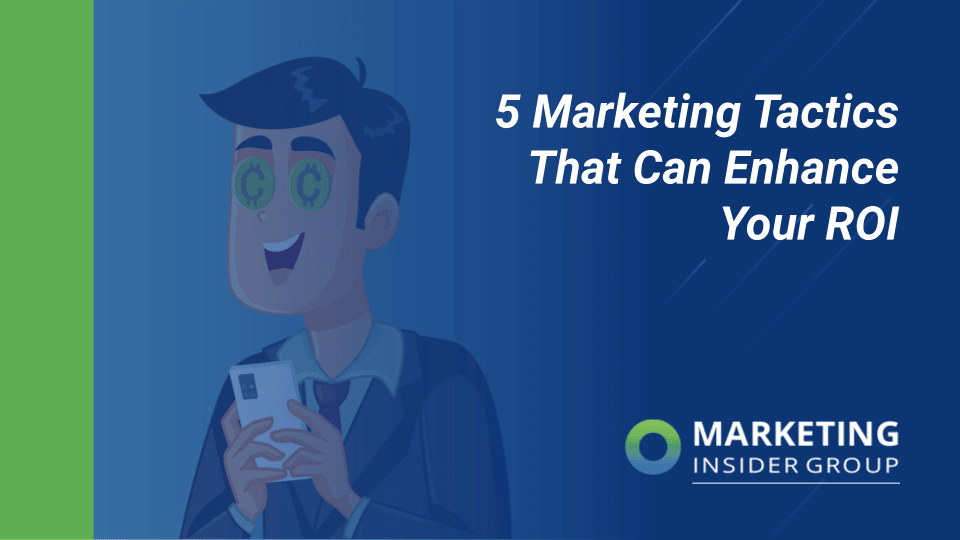
When it comes to marketing, you want your ROI to be as high as possible. However, you may get to a point where your ROI has stalled. That’s why you need to explore fresh ways to boost the effectiveness and performance of your marketing tactics.
It’s not unusual for ROI to level off at some point. Sometimes, a stable ROI can be a good thing. It’s nice to have steady, dependable numbers. But a consistent ROI doesn’t necessarily equate to an optimized one. You could be leaving many dollars on the table if you’re not testing different techniques to get more out of every campaign.
Increase Your ROI Through These Marketing Tactics
What tactics can help you bump up your marketing ROI? Try these five suggestions that you might not be employing today.
1. Put a premium on developing retention marketing tactics.
It costs about five times less to hold onto your customers than to replace them. This is where focusing on retention marketing efforts can pay off.
There are plenty of methods to retain buyers so they can keep making purchases and maybe become referral sources. One is by encouraging consumers to keep shopping with you through targeted “abandonment recovery” strategies. According to Retention.com, a company that builds email marketing solutions to help e-commerce brands reclaim abandoned cart revenue, re-engaging browsers who may have left your site can produce up to a 10x revenue increase. Why? They are led back to your brand in a personalized way.
Another recipe for reducing customer churn is by creating exclusive communities. Many companies offer opt-in membership opportunities to keep people excited and engaged. Don’t forget that perks like special deals and member-only coupons can rev up retention, too.
2. Stretch the value of every content piece.
You will always spend money to create and publish marketing content. With that being said, your content shouldn’t be “one and done.” The more juice you can squeeze out of each marketing asset, the better.
Take videos as an example. Many marketers don’t utilize their videos to the fullest. Sure, 87% of them know that videos are a surefire road to higher ROI. But they don’t always get innovative when contemplating all the uses for each video. For instance, a single FAQ-style video can be segmented so each FAQ is able to be published separately. Or a video transcript could be converted into a blog post.
Getting tons of mileage out of every piece of collateral you invest in is financially responsible. Don’t be afraid to go back to your existing marketing materials and see if they can become the basis for future emails, articles, etc.
3. Narrow your target audience using the 80-20 rule.
The Pareto principle, though not always perfect, tends to be fairly accurate. It holds that 80% of your income is going to come from 20% of your customers. In that case, you want to identify the 20% and get about 80% of your marketing in front of them.
How can you find your customers who fall into that 20% sweet spot? Check out your KPIs and maybe talk with your sales team. Do your best to construct customer personas for every consumer representing the 20%. Once you have your personas in hand, you can find out how, when, and where to introduce them to your brand through marketing tactics.
Maybe you’re accustomed to setting up marketing vehicles like PPC campaigns that appeal to larger crowds. If so, you may worry that this marketing tactic won’t produce enough leads. It’s true that your overall lead numbers may go down but your qualified lead numbers should go up. The qualified leads are the ones that count because they’re going to be the key to a more substantive ROI.
4. Automate all your repetitive processes.
Most marketing departments have the same problem as other departments: They rely on countless manual processes. Manual processes could include anything from transferring data by hand to working on multiple systems that aren’t integrated. Those repetitive tasks can only serve to affect your ROI because they waste time and resources.
Automation allows you and your team to enjoy the benefits of efficiency at scale. Many AI-bolstered, cloud-based tech stack solutions are capable of handling basic repetitive duties. All you have to do is set them up to run based on specific parameters.
When you’re not bogged down by minutiae like moving information to a database, you’re free to be more innovative. Many marketers complain that they never have a chance to tap into their artistic sides. Automating more of your responsibilities could be the impetus you need to brainstorm your way to successful and profitable campaigns.
5. Get choosy about your preferred social media platforms.
There’s no doubt that you need to engage in social media marketing. Social media is where consumers of all generations connect with each and with companies. Many platforms now allow you to sell directly from social, making them an even more valuable marketing tactic.
Here’s the thing, though: Your company doesn’t necessarily belong on all social media sites. Say you sell mainly to the 50+ crowd. TikTok, while fun and exciting, might steal from your ROI. On the other hand, Facebook or YouTube could give you more bang for every buck.
The real secret to mastering social media marketing is to pick the right platforms based on your audience and what you sell. A good way to evaluate whether you belong on a site is to see if your top 10 competitors (who are otherwise doing well) are there. Low engagement could point to a bad social fit. On the other hand, high engagement could mean they’re gaining ROI—and that means you can as well.
You’re only allotted a certain number of marketing dollars each budget cycle. The stronger your ROI on your marketing tactics, the easier it will be for you to request a bigger budget next time around.
The post 5 Marketing Tactics That Can Enhance Your ROI appeared first on Marketing Insider Group.


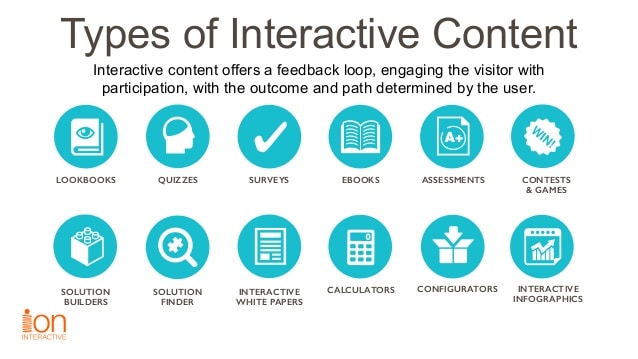
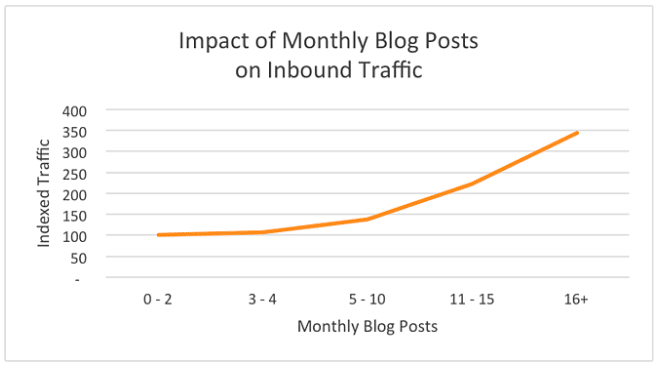
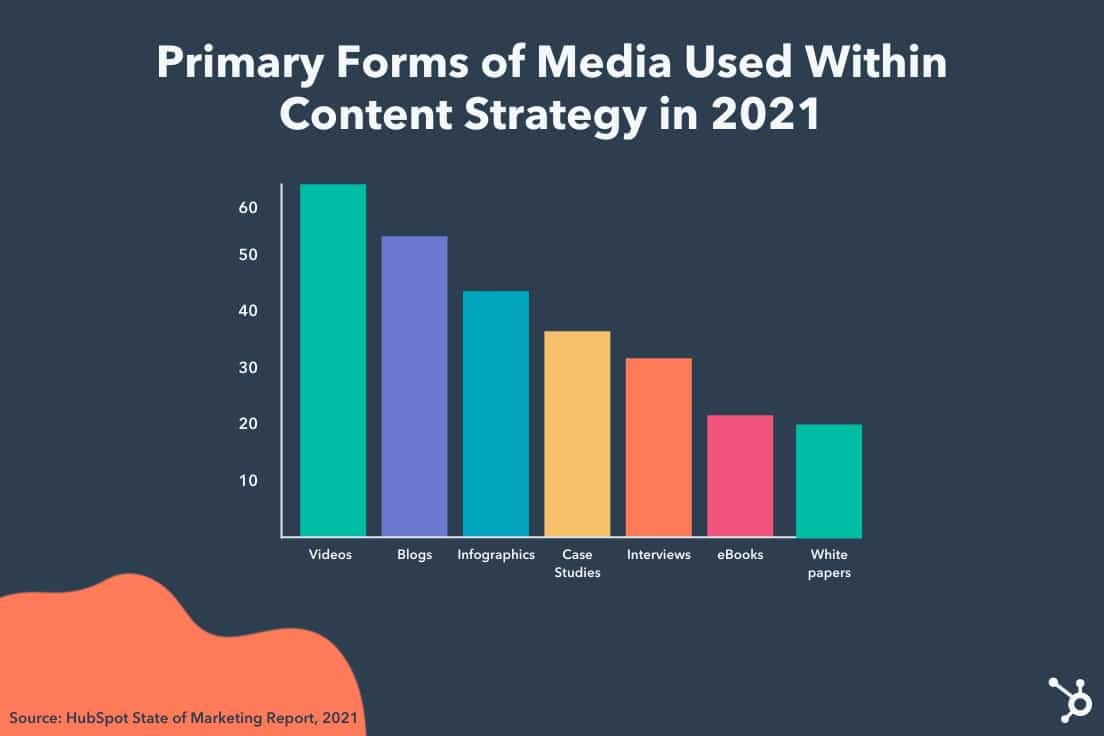
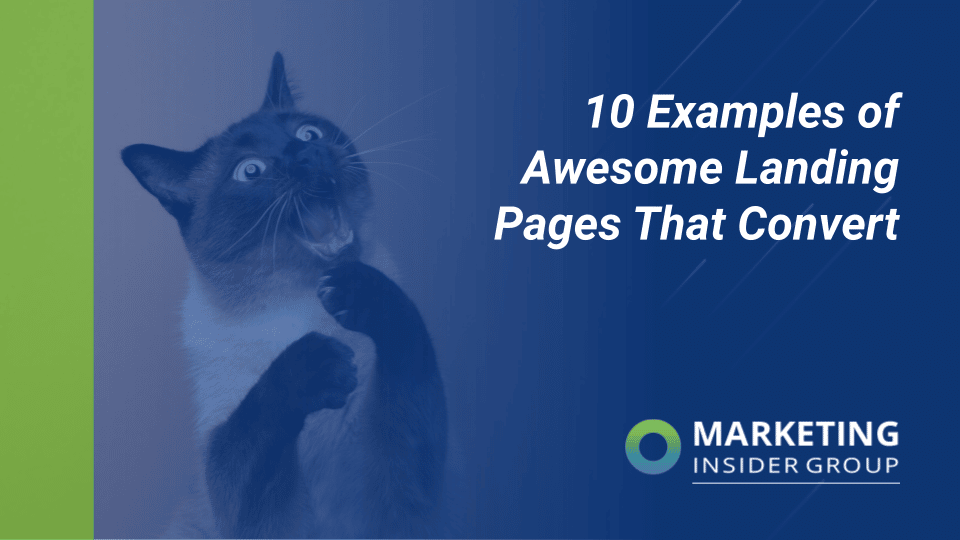










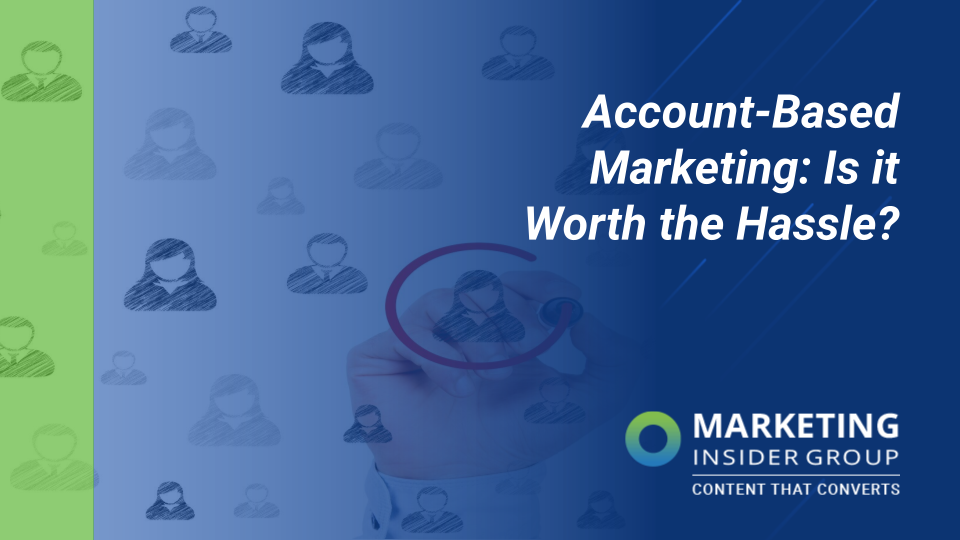

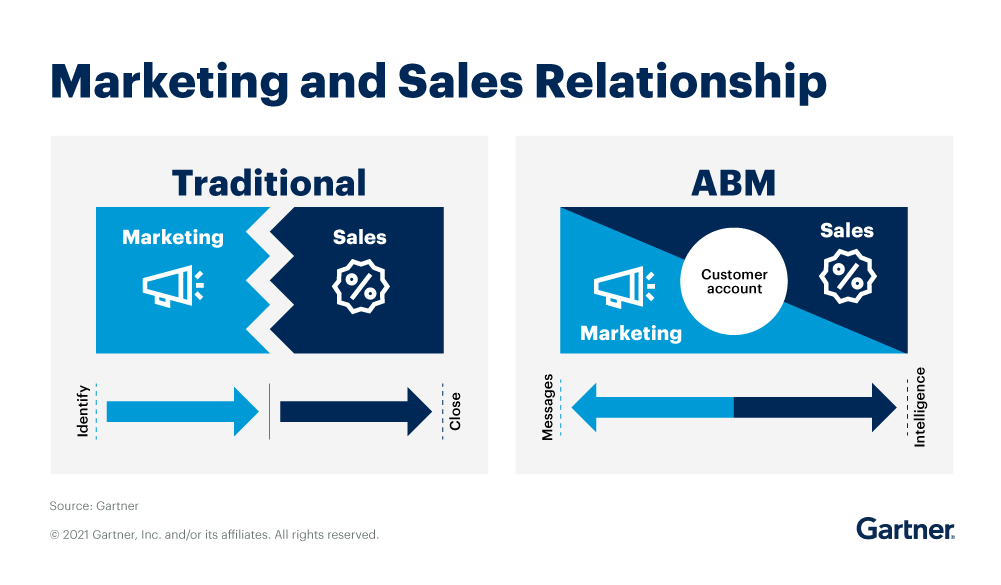
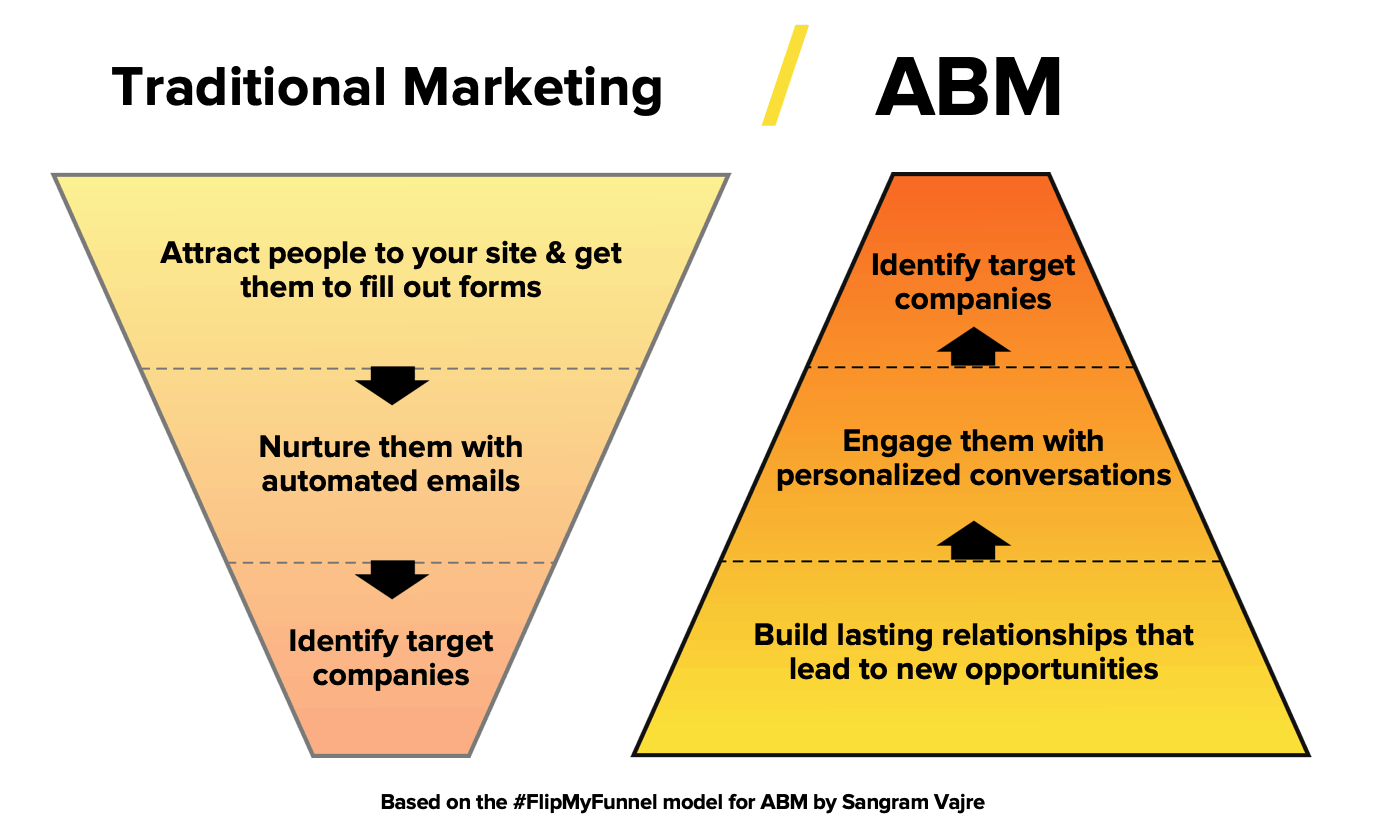 Source: Drift.com
Source: Drift.com

